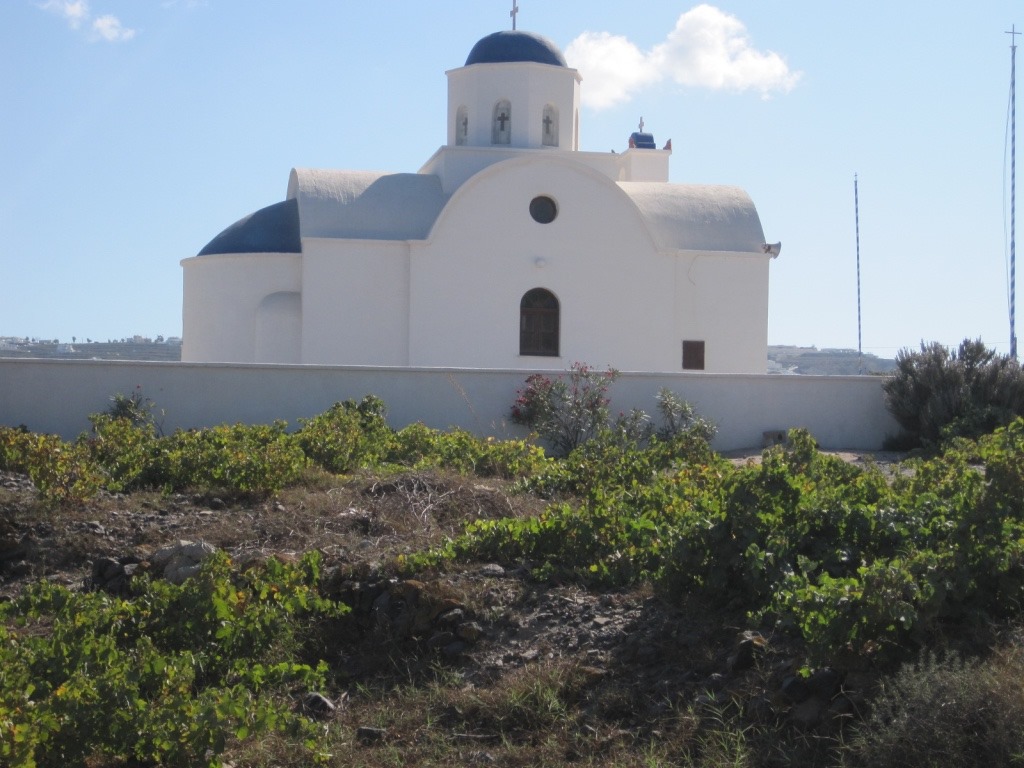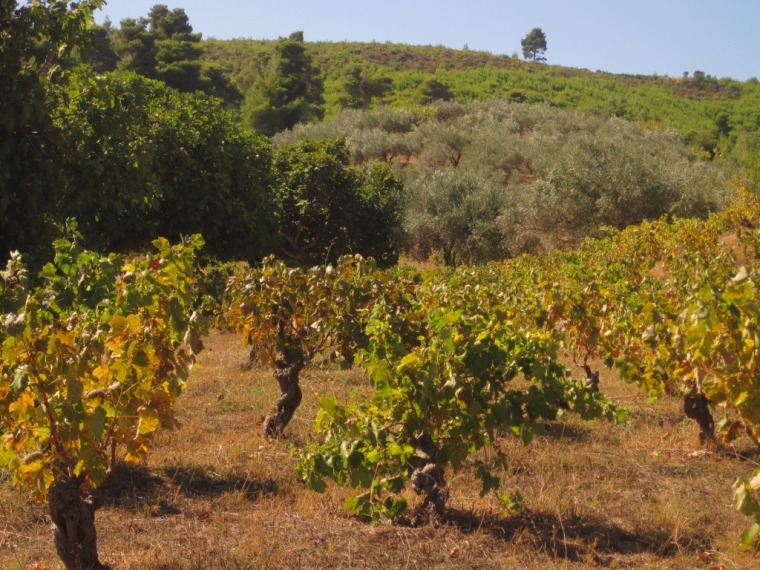27th December 2019
I’ve already written before about retsina – but it’s a wine style which because of its history and very specific cultural context I find fascinating; so you are going to get a bit more of it I’m afraid.
These reflections are prompted by a tasting I was given of retsina when in Greece a few months ago, as well as some background information from a few winemakers. I need first to clarify an uncertainty I raised in my last post on the subject; it seems, according to Prof. Yorgos Kotseridis of the Agricultural University of Athens, who has carried out research, that resin has no anti-oxidative powers, and cannot protect wine versus spoilage. I would suggest, then, that the reason for adding it is to cover up the oxidative characters of wines which, in the past with inadequate storage containers, would often become undrinkable within a year or so of production.
The big problem that modern producers face is knowing what style to make. The Greek author and critic Constantine Stergides gave me a pretty good summary of the conundrum that producers face. In the past the bulk wine used a lot of retsina, often up to 10kg per tonne of grapes; now, for the most refined versions it is much less – about 250gms per tonne. A little while ago the main producers started to bottle these ‘lighter styles’ for export markets. The result was that domestic drinkers gave it up as it wasn’t to their taste any more. Now it’s made with limited resin and sold to partner with sushi! This style doesn’t go so well with Greek food which needs a more forceful style – so the traditional market has been lost. Meanwhile young, Greek drinkers wouldn’t be seen dead with it. In the north of Greece it’s mixed with coke and trendy modern winemakers recoil from making it. The issue of food was repeated with other people I listened to – especially the fact that it pairs well with sushi, because it can stand up to strong flavours like ginger, wasabi, and soy sauce; it also goes with other intense foods, such as anchovies or pepper.

However, the styles have become so light that it is often barely detectable, so that you get onto issues of authenticity – and here we move on from the issue of what consumers would like to drink to what producers think is correct. If you produce a retsina suited to modern (non-Greek) tastes what is the point of calling it retsina anyway? This issue of authenticity goes further. Constantine Sterigdes notes that many producers are now making it with the grape assyrtiko, rather than savatiano or rhoditis. This – it is claimed – adds elegance but it seems to me that assyrtiko is more probably selected because it has become very fashionable and easier to sell. In any event, retsina was never designed for elegance. One winemaker, Dimitris Georgas, said he would not use assyrtiko, and that retsina needs a much more robust, even rustic variety such as savatiano in order to shine. Meanwhile retsina has become a focus of contested ideas of Greek vinous identity. It was a traditional working-class drink. As some producers moved towards producing ‘good’ wines – wines which would shine internationally – from the 1980s onwards, there was a shift towards using French grape varieties. This has been, after all, a world-wide phenomenon; if the French make the best wines in the world then we should use the same grapes as them, to show that we are worthy of respect for our wines. Think of Chile, Lebanon, Super Tuscans or Georgia amongst many others. Fortunately Greece has, in part, moved on from this and first assyrtiko and now xynomavro, agiorgitiko, moschofilero, and others are beginning to shine. However, as Yiannis Karakasis MW has said, ‘retsina is a blessing and a curse; everyone knows about it but it has an appalling reputation’. Many Greek producers who want to show how good their wines can be wanted to forget about something which can taste so coarse and unrefined.
In the end, as Eleni Kechris, another winemaker, pointed out the question is not how much resin but how good is the resin, and how good is the wine? It shouldn’t cover the wine’s fruit. Indeed, the best retsinas are not simply resinous; they can have aromas of thyme and rosemary as well as pine which complement rather than dominate what comes from the grape. I’m willing to drink retsina not just because it’s a relic of another day, but because, in the right situation, it can be very enjoyable.
If you want to drink this debate, you may find some of the following wines interesting to try:
Gikas Winery Pine Forest 2016. Very restrained pine – a merest hint. This is made with assyrtiko and has good acidity. The resin is collected from May to July and goes into big ‘tea bags’ which are placed in the ferment. They experiment with it by fermenting at different temperatures; the higher it is the more bitterness is extracted. It seems that 15-19oC is ideal, for about 10-20 days.
Nikoulou Winery: Botanic 2017. A sparkling retsina. Evident resin on the palate but less on the nose. However, there are also floral and herbal characters (fennel especially). I found the mousse rather dominant, and it is quite bitter on the finish (which is not necessarily a criticism).
Kechris Winery Roza 2018. A red retsina made with xynomavro. The resin is not very obvious. An interesting wine, phenolic (naturally!), clear acidity, and with some red fruit.
Kechris Winery Afros 2018. White retsina made from rhoditis. A residual sugar of seven grammes/litre (so just evident) which, the producer claims, emphasises the resin. Intense – ‘reminiscent of the old style’ she says. There is a hint of spritz which also accentuates the resin character on the nose. Very traditional but balanced and good length.





